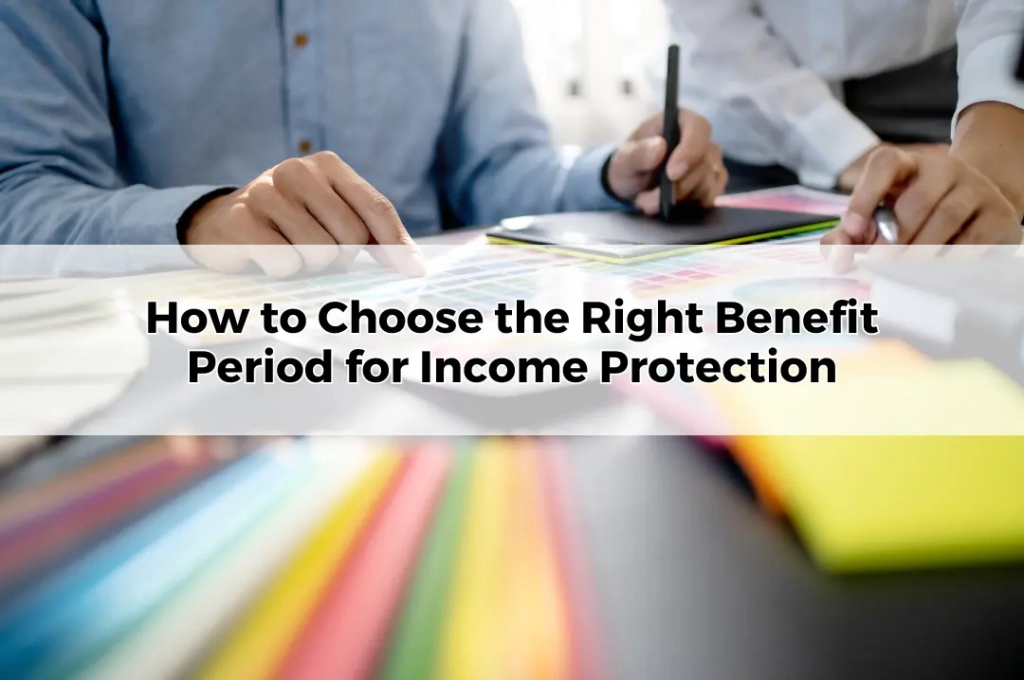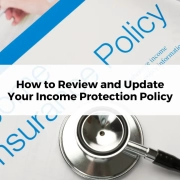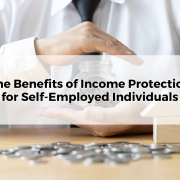How to Choose the Right Benefit Period for Income Protection
Table of Contents
ToggleIncome protection insurance is a crucial safety net for many Australians, providing financial support if illness or injury prevents you from working. One of the most important decisions when selecting an income protection policy is choosing the right benefit period. The benefit period determines how long your policy will pay out if you’re unable to work, and selecting the correct length is vital to ensuring your financial security. With the right benefit period, you can safeguard your income and lifestyle for the duration of your recovery or until you reach retirement.
What is Income Protection Insurance?
Income protection insurance is designed to replace a portion of your income if you’re unable to work due to illness or injury. Typically, it pays up to 75% of your regular income, helping to cover essential expenses like mortgage repayments, bills, and daily living costs. This type of insurance provides ongoing payments for a predetermined period, known as the benefit period. Income protection is an essential part of financial planning, offering peace of mind by ensuring that you can maintain your standard of living during unexpected setbacks.
Understanding the Benefit Period in Income Protection Policies
The benefit period refers to the length of time your income protection insurance will pay benefits if you’re unable to work due to a covered event. Once you’ve met the waiting period—the time between becoming unable to work and receiving payments—the policy will provide income for the chosen benefit period, whether that’s two years, five years, or until a specific age, such as 65. The benefit period is a crucial component of your policy, as it determines how long you’ll be financially protected during a lengthy illness or injury.
Why the Length of the Benefit Period Matters
Choosing the right benefit period is essential because it directly affects how long you’ll have financial support if you’re unable to return to work. A shorter benefit period may lower your premiums but could leave you vulnerable if your recovery takes longer than expected. Conversely, a longer benefit period provides more comprehensive protection but comes with higher premium costs. The right balance ensures that you’re adequately covered without overpaying for unnecessary protection. Understanding the duration of your potential recovery and your financial needs is key to selecting an appropriate benefit period.
Common Benefit Period Options
Income protection policies typically offer a range of benefit period options, such as two years, five years, or until retirement age (often 65 or 70). Each of these options has different implications for your financial security. A two-year benefit period provides short-term relief, suitable for less severe illnesses or injuries. A five-year period offers more extended coverage, useful for more significant health issues. Meanwhile, a benefit period that lasts until retirement age is ideal for those seeking long-term protection, especially for conditions that may permanently impact their ability to work.
Short-Term vs Long-Term Benefit Periods
Deciding between a short-term and long-term benefit period requires careful consideration of your financial situation and health risks. A short-term benefit period, such as two years, is less expensive and might be sufficient for temporary conditions. However, it may not cover more serious, long-lasting health issues. On the other hand, a long-term benefit period, such as five years or until retirement, offers comprehensive protection but at a higher cost. Long-term coverage is essential if you’re concerned about conditions that could permanently affect your earning capacity.
Factors to Consider When Choosing a Benefit Period
Several personal factors influence the ideal benefit period for your income protection policy. These include your age, current health status, lifestyle, and financial obligations such as mortgage repayments and family expenses. Younger individuals may opt for a shorter benefit period due to lower health risks, while older workers or those with pre-existing conditions may require longer coverage. Your financial safety net, such as savings or alternative income sources, also plays a significant role in determining how long you’ll need income protection to support you in the event of a prolonged absence from work.
How Your Occupation Influences the Choice of Benefit Period
The nature of your work can significantly influence your choice of benefit period. High-risk occupations, such as trades or manual labour, often come with an increased likelihood of injury or illness, making a longer benefit period more appropriate. On the other hand, professionals in less physically demanding roles may feel comfortable choosing a shorter period. Understanding the risks associated with your specific job can help you make a more informed decision about how long you’ll need income protection in place.
Balancing Cost with Coverage
The length of your benefit period directly impacts the cost of your income protection premiums. Shorter benefit periods generally result in lower premiums, making them more affordable for those on a budget. However, reducing your benefit period also means you’ll receive fewer payments if you’re unable to work for an extended time. Balancing cost with the level of protection is key. It’s important to ensure that your premium payments remain manageable while still providing adequate financial support in the event of a serious illness or injury.
The Role of Waiting Periods in Selecting a Benefit Period
The waiting period is the time you must wait after becoming unable to work before you begin receiving income protection payments. Common waiting periods range from 30 to 90 days, and your choice of waiting period can affect your decision on the benefit period. If you have substantial savings or other income sources to cover your expenses during the waiting period, you may opt for a longer benefit period to ensure extended coverage. Alternatively, a shorter waiting period combined with a shorter benefit period may be more appropriate for those seeking immediate financial relief.
Aligning Benefit Period with Retirement Plans
For those approaching retirement, it’s important to align your income protection benefit period with your retirement plans. If you plan to retire at 65, selecting a benefit period that lasts until retirement can provide peace of mind that you’ll be covered until you stop working. Additionally, those with substantial superannuation savings or other retirement income streams may not need as long a benefit period, as they can draw on these resources once they reach retirement age. Ensuring your income protection policy aligns with your long-term financial goals is essential for a smooth transition into retirement.
Conclusion
Choosing the right benefit period for your income protection policy is a critical decision that requires careful consideration of your personal circumstances, health, financial obligations, and retirement plans. By understanding the implications of short-term and long-term benefit periods, and balancing cost with coverage, you can select a policy that provides the right level of protection for your unique needs. For personalised guidance, consulting with a Toowoomba Financial Adviser can help you make informed decisions that ensure your financial security throughout your working life and beyond.









